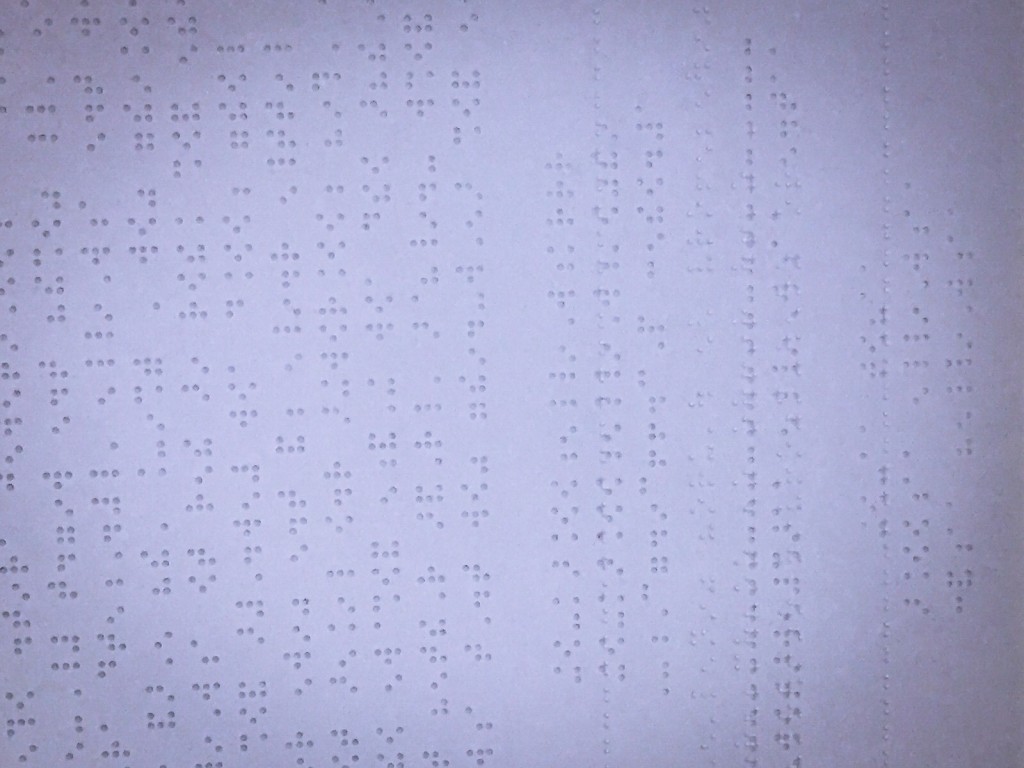
Transliterating The Little Prince into Braille is important for promoting literacy and access to culture among the blind and visually impaired community. Access to literature in Braille allows blind individuals to enjoy the same literary classics, educational materials, and recreational reading as sighted individuals. It promotes equality and inclusion in education and society.

The history of Braille itself dates back to the 19th century, when Louis Braille, a blind Frenchman, developed the Braille system. His system of raised dots has revolutionised tactile reading and writing for blind individuals. The adaptation of literary works into Braille began soon after the Braille system’s invention. Initially, Braille books were produced manually, which was a time-consuming and labor-intensive process. However, advances in technology, such as Braille typewriters and embossers, have made the production of Braille books more efficient.


